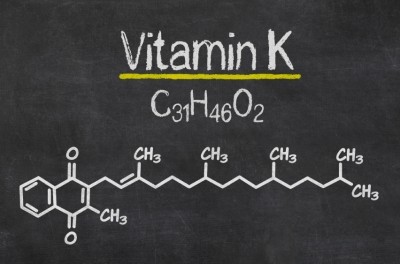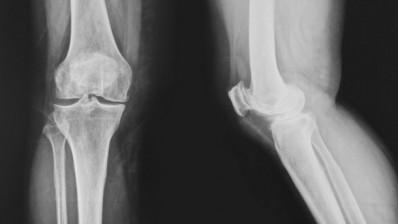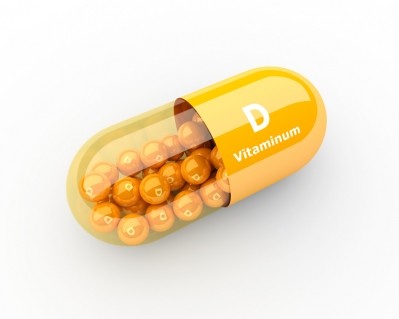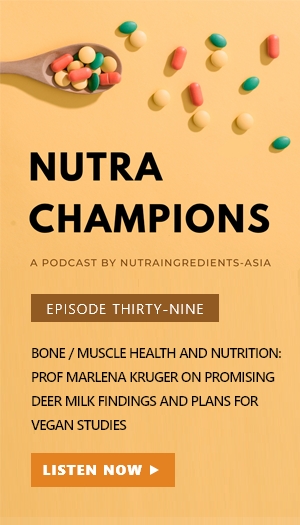Vitamin A’s impact on fracture risk remains debatable: Chinese meta-analysis

Still, the link between vitamin A and fracture risk remains debatable: other research has reported that neither high intake nor serum level of vitamin A increases fracture risk or results in osteoporosis.
In fact, both higher intake and serum level of vitamin A have been said to lower total fracture risk.
As such, a meta-analysis led by Wuhan University was conducted to determine the effects of vitamin A intake and blood level on fracture risk.
Fractured findings
They assessed 13 articles based on 11 cohort studies and two case-control studies, involving a total of 319,077 subjects above the age of 20.
Subsequently, they found that higher total vitamin A intake may slightly decrease overall fracture risk but increase hip fracture risk.
Additionally, a lower blood level of preformed vitamin A — or retinol — may slightly increase both total fracture risk and hip fracture risk.
On the other hand, some studies showed that higher retinol intake may increase bone mineral density.
Reasons for inconsistency
The researchers said "this discrepancy can be partially explained by the fact that the relationship between retinol intake and bone mineral density varies by bone site".
For instance, one of the studies found a positive correlation between retinol intake and bone mineral density at all bone sites but the femoral neck.
The researchers hypothesised that since the hip and femoral neck are equally sensitive to retinol intake, "it is reasonable to assume that higher vitamin A or retinol intake may result in differential fracture risks, depending on bone sites analysed".
Other possible factors
Subgroup analysis implied that region, sex, and menopausal age could also be factors.
It was observed that women had lower bone strength, density and mineral content than men, and are therefore at higher risk of fracture.
Furthermore, menopausal women aged 40 to 45 were found to have lower bone mineral density than post-menopausal women.
The researchers concluded: "Clinical trials are warranted to confirm these results and assess their clinical applicability."
Source: International Journal of Environmental Research and Public Health
https://doi.org/10.3390/ijerph14091043
"The Effect of Vitamin A on Fracture Risk: A Meta-Analysis of Cohort Studies"
Authors: Xinge Zhang, et al.



















